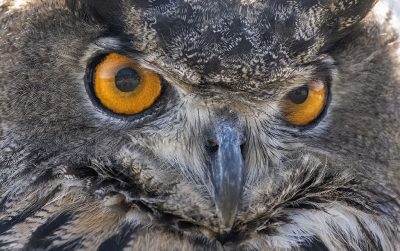I’ve been in the photo business for a while now, and I’ve seen fads and technologies come and go. We can do things with cameras and software that were unimaginable a few decades ago. When digital photography first came on the scene, most pro photographers disdained the medium, calling it a plaything. In those days they were right: resolution and other attributes were laughably inadequate on the cameras. Adobe Photoshop, the only viable software at the time was (and still is) clunky for most people to use. But of course that has changed.Meanwhile, we’ve endured a few fads. For a while, for example, it seemed everyone was using HDR (high dynamic range). As is often the case, the technique was horribly abused by many, giving HDR a bad name. The leading software then was Photomatix but of course there are now many competitors and HDR is now built into both cameras and big software programs. Then suddenly it seemed everyone was doing astrophotography. The technique can be technically challenging and unless you have access to a big telescope, the Milky Way is basically the same all over the northern hemisphere. Not only that, but sky replacement—available in several software programs—does an admirable job of adding nice stars to your landscape skies. For a while, everybody seemed to be doing focus stacking. This technique can be tricky and it takes some patience, so I don’t hear people talking about this much anymore. Lately the buzzword seems to be ICM (Intentional Camera Movement). Funny thing, that technique, which we used to call swooping, has been around since the beginning of photography. Digital photography makes ICM easier and cheaper, because you can look at results right away and you can afford to take many trial-and-error images. Now the new buzzword technology is artificial intelligence. There are magnificent programs out there for creating AI images, even on your cell phone. Will AI make traditional photography (whatever that is) obsolete? Only time will tell. Meanwhile it’s another tool in our photographic arsenal. I use many of these techniques but I disclose to viewers that I’m doing extreme manipulation.
Software is abundant and sometimes bewildering. It seems like every photographer I know has allegiance to one software or another. After Photoshop pioneered quality digital processing in the 1990s, there were few competitors until the last ten years or so, in part because Adobe went to a much-hated subscription system. Now we also have ON1, Luminar Neo, Capture One, DxO, and for beginners, lightweight programs like Adobe Photoshop Elements. I own and use a couple of these programs; each has its strengths.
Regardless of the fantastic software and gear we have these days, great photos still come down to the basics such as lighting, composition, peak moments, knowledge of your subject and so on. Trust that tool that resides between your ears. Continue taking workshops and looking at those online videos to fine-tune that brain of yours. Enjoy!
Edit This

